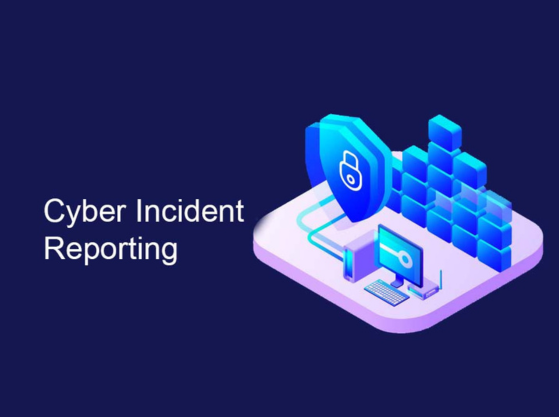Cyberspace, characterized by its borderless nature, has witnessed an alarming surge in cyberattacks. These attacks have evolved to become more precise, intricate, and relentless, posing an ever-increasing threat to organizations worldwide. To safeguard their digital assets, organizations must invest in robust cybersecurity defenses. Among the measures, an advanced Cyber Incident Management System (CIMS) is now more critical than ever, especially for organizations such as CERTs (Computer Emergency Response Teams), CSIRTS (Computer Security Incident Response Teams), and SOCs (Security Operation Centers).
Understanding Cyber Incident Management
Cyber Incident Management is the structured process of identifying, investigating, responding to, mitigating, and recovering from cybersecurity incidents and encompasses a set of coordinated activities and procedures aimed at minimizing the impact of incidents. These incidents may range from data breaches and malware infections to denial-of-service attacks and other forms of cyber-attacks.
The Imperative for Streamlined
Cyber Incident Management For the first time, cyber incidents figure as the top global risk. It is ranked significant across all regions— Americas, Africa, Middle East, Asia Pacific, and Europe—as well as across various company sizes, including large (annual revenue exceeding US$500 million), mid-size (US$100 million to US$500 million), and smaller enterprises (more than US$100 million).
- Nature of Cyberspace: Unlike physical threats, cyberattacks transcend geographical boundaries, making it difficult to contain their impact within a specific region or jurisdiction.
- The Evolution of Cyber Threats: Cyberattacks have evolved from simple, indiscriminate attacks to highly targeted and sophisticated campaigns. Adversaries employ tactics that defy replication, making it challenging to rely solely on conventional security measures.
- Increased Reporting of Incidents: Reporting of cyber security incidents globally is increasing at an exponential rate. As incident reporting grows, so does the need for efficient incident management to handle the influx of data and respond promptly.
Key Cyber Incident Management Challenges
- Lack of Coordination, Documentation, Response, and Analysis
- Significant Delay between Incident Detection and Response
- Privacy and Security Concerns in Sharing Incident Information
- Improper Documentation to Grow the Knowledge Base
- Complexities Around Incident Identification and Categorization
- Identifying the right forensic tools to enable investigations
- Hindrances Due to Manual Methods and Cross-Team Handoffs
- Complexities Due to Lack of Centralized Tracking
- Manual Effort of Using Multiple Tools During IOC (Indicators of Compromise) Investigations
To deal with such challenges, CERTs, CSIRTS and SOC’s need advanced incident management tools like Intracis that are engineered to address these challenges head-on. Tailored to the specific needs of CERTs, CSIRTS, and SOCs, Intracis offers a comprehensive CIMS that simplifies and enhances cyber incident management processes.
Intracis: Leveraging Swift Detection and Response
- Streamlined Incident Coordination: Intracis provides a centralized platform for incident coordination, ensuring real-time collaboration among teams. This reduces the risk of miscommunication and delays, improving the overall effectiveness of incident response.
- Rapid Incident Detection and Response: Advanced analytics and automation of Intracis enable organizations to manage and respond to incidents swiftly. This minimizes the time between incident registration and response, helping organizations stay ahead of cyber threats.
- Enhanced Information Sharing: Intracis prioritizes privacy and security while encouraging incident information sharing among all stakeholders involved and also within the organization.
- Comprehensive Incident Documentation: Intracis allows organizations to build a robust knowledge base by uploading essential documents like SOPs, Manuals, etc for immediate reference. This empowers them to learn and strengthen their methods proactively.
- Effective Incident Identification and Categorization: Intracis employs advanced algorithms and business intelligence to assist in incident identification and categorization. This reduces the burden on cybersecurity professionals and ensures accurate labeling of incidents.
- Automated Workflows and Team Collaboration: The platform automates incident workflows, reducing reliance on manual processes and minimizing cross-team handoffs. This improves efficiency and reduces the risk of human errors in incident response.
- Centralized Tracking and Reporting: Intracis provides centralized incident tracking and reporting, offering a comprehensive view of incident management activities. This ensures that nothing falls through the cracks, and organizations can stay on top of their incident response efforts.
A Holistic Approach to Cyber Incident Management
Intracis takes a comprehensive approach to cyber incident management, unifying incident detection, coordination, documentation, and threat analysis into one integrated system. This simplifies and enhances incident response, ensuring that organizations are well-prepared to face the challenges of today's evolving cyber threat landscape.



